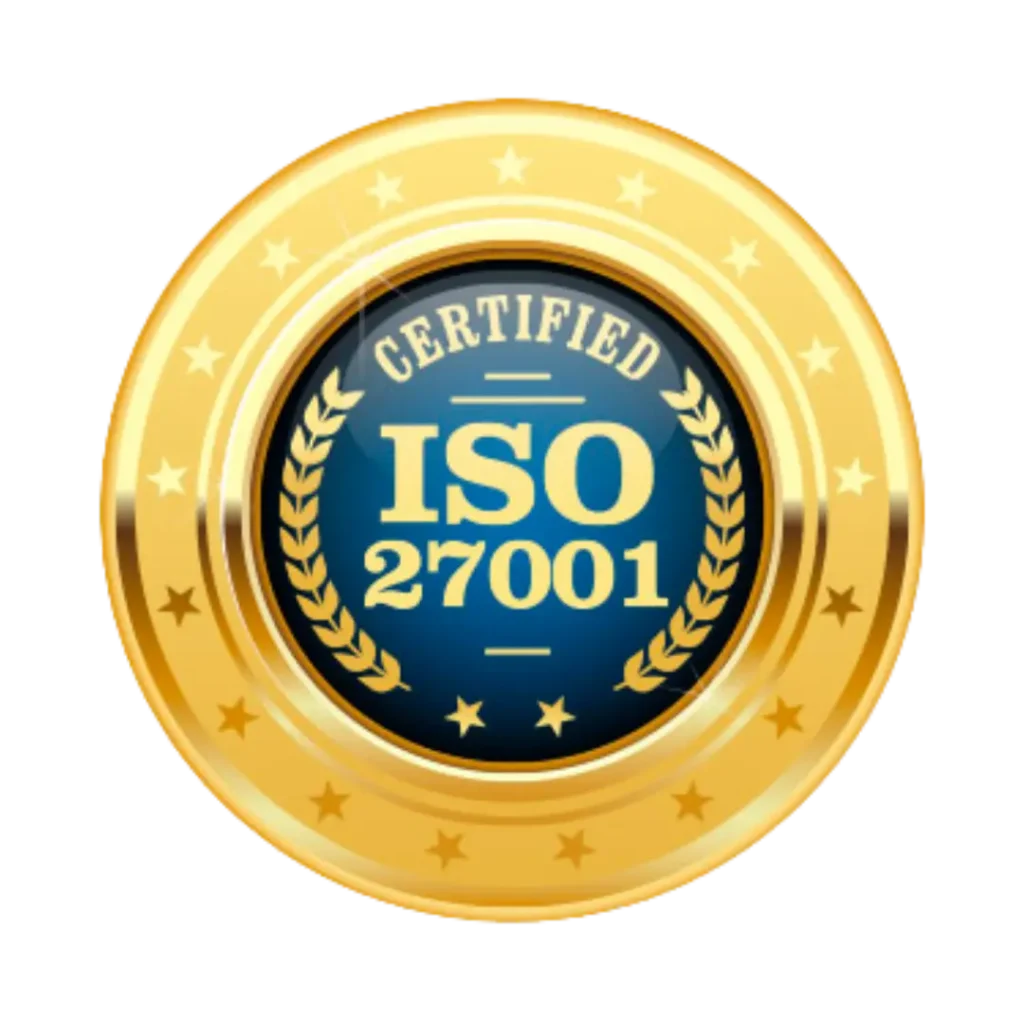How to Communicate Effectively in a Hybrid Workplace ?

Introduction
The last 2 years have taught us a lot about the way we communicate at work. As many of us transitioned into a remote way of working, adjusted our working hours around caring and family needs, and communicated primarily using technology instead of face-to-face, we unwittingly exposed the gaps in our communication tools.
Bridging these gaps might require smaller process changes, like remembering to write things down for absent team members, or more complex behavioural changes to help other team members feel more included. However, as we look towards the future of work, these are challenges that organisations will need to solve if they expect to navigate the transition to hybrid or remote-first cultures successfully.
In this article, we take a look at the way communication has changed as a result of hybrid and remote-first workplaces start and offer suggestions to help ensure these changes are positive.
1. Communication is more asynchronous by default
As many of us have learned working remotely, work doesn’t happen at the same time for everyone. Today’s world may be always on, but that doesn’t mean that your employees should be, or that they should miss important discussions because they’re offline or in a different time zone.
While we have the technology to support the connectivity issue, conversations between team members, particularly on tools like Slack, can quickly become fragmented and difficult to follow later on.
Being more intentional with any communication will help mitigate this shift. Instead of reacting in real-time to debates or topics that are not time-sensitive, organisations should encourage employees to gather and refine their thoughts in writing, allowing those in other time zones to catch up and contribute when they’re next online.
This helps avoid floods of messages and confusing organisations. organisations may also want to invest in technology that facilitates this type of communication, such as shared inbox software.
2. Writing everything down needs to be the norm.
Working remotely threw us all a few curveballs when it came to communication efficacy. Anything said in remote or hybrid video meetings has the potential to be misheard, miscommunicated, or just plain lost in translation—and if employees are unable to attend, they have to rely on secondhand information.
This causes unnecessary frustration and doesn’t enable employees to work at their best. Transitioning to a hybrid working model means that organisations need to find ways to document the knowledge-sharing process that takes place in traditional meeting formats, and make it accessible across multiple platforms.
It might seem old-school, but taking minutes and documenting everything in a written format will ensure understanding of strategic and mutual goals, prevent excessive catch-up meetings, and crucially, ensure clarity.
3. Awareness of tone is especially important.
We’ve all had those moments where we’ve sent a text or an email and it gets misinterpreted—and this can happen at work, too. As teams globally are using technology to stay connected, it’s not always easy to pinpoint intention or tone in written communication like Slack or email.
In a hybrid or remote-first context, clarity and empathy in written communication is critical, because written documents have become a vital source of knowledge-sharing and information.
Clear, empathetic written communication will be a key component of an organisations success in the hybrid or remote-first working models. Organizations should turn their attention to providing a best-practice tone of voice guide that acts as a model for employees on how they can communicate effectively, empathetically and respectfully, both in one-to-one messages and in a public forum.
By doing so, companies can take the lead in establishing a framework for the tone of voice that simultaneously stays true to their company values and drives a culture of transparency
4. Different messages require different formats
There’s a time and a place for everything, so the old adage goes. In a hybrid or remote-first context, organisations need to make use of multiple communication methods and platforms to enable their employees to achieve their goals—however, the larger goal should always be centred around driving empathetic and clear communication.
This will translate to both social and professional contexts. So, just like an employee coaching session might be best delivered over a video call, sensitive conversations should not be conducted over Slack.
In addition to writing a best-practice guide on tone to encourage clear, respectful communication, organisations can use this opportunity to build a framework around communication tools and technology, and how these can best be used. Providing multiple formats for communication, such as video calls, messaging apps and collaboration tools is key for allowing self-expression, as well as ensuring employees are on the same page when it comes to communicating with one another.
5. Communicate with equity in mind
Decades of organisational research tell us that feeling a sense of belonging is important for driving employee engagement. Yet hybrid and remote-first cultures can pose a few challenges when it comes to fostering inclusive employee experiences.
Problems with background noise, bad audio, and connection delays are some technical issues that can make it harder to communicate effectively. However, employees based remotely may also feel more isolated, particularly when the majority of the team is gathered in one meeting room together.
Facial expressions are harder to read on a computer screen, and it’s not always easy to tell who’s talking if there are multiple people in the same space. These challenges put hybrid and remote workers at a disadvantage—not only with their workload but with their social interactions, too.
Organizations considering a transition to more hybrid working practices must enable methods of communication that foster inclusivity and employee equity at team and company-wide levels. They must consider the experience of remote employees, and ensure it matches, or at least parallels, the experience of those in the workplace.
Fostering more equitable and inclusive communication involves removing as many of these barriers as possible—and understanding how different individuals prefer to communicate. For example, employees can dial into team meetings separately on their own devices to avoid background noise or bad audio, as well as create a level playing field for social interactions.
6. Building a Better Hybrid Working Model
What each of these tips illustrates is something fundamental to the new working world—empathy. To ensure that your employees feel catered to no matter where they’re located geographically, it’s important to consider the full spectrum of employee experiences when creating company-wide policy.
More than anything, however, what has become clear since 2020 is the need for reliable means of feedback. Communication isn’t just about how teams communicate with one another—it’s about how employees have a say in process and policy. If nothing else, the most important step forward is to make sure your workers have a way of speaking up
Neoffice Workplace Management Solution
Neoffice is built with a suite of workspace tools that help employees choose how and where they work while providing organizations with a platform to manage their hybrid workplace with ease and complete control.
The solution comes with 9 features on one single app – Team planner to manage a collaborative effort for a team, Seat Scheduling, Meeting room Booking, Hot Desking, Car park Slot Booking, Digital cafeteria to pre-order your meals at work, Employee commute solution, Survey forms. All Features are modular and the client can choose to subscribe to the relevant solution.
To know more about the solution, do drop a mail to [email protected] or a call us on our Helpline +91 80 4680 5757

